If your landscape photography is leaving something to be desired, you’re not alone. Armed with a little knowledge about what’s going wrong, though, and your images should improve pretty quickly. Here, Joshua Cripps shares what he thinks are the top five most common mistakes made in landscape photography (and how to correct them):
Here’s the count down:
5. Too Much Empty Sky
Often we see landscape photography of a beautiful scene that just comes out boring because the photographer included too much sky and not enough foreground details.
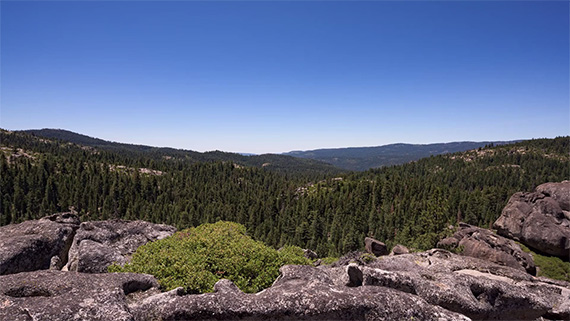
Too Much Sky
Instead of pointing your camera in the middle, try things such as panning down, zooming in or even get closer to the main subject. This will create a more interesting image.
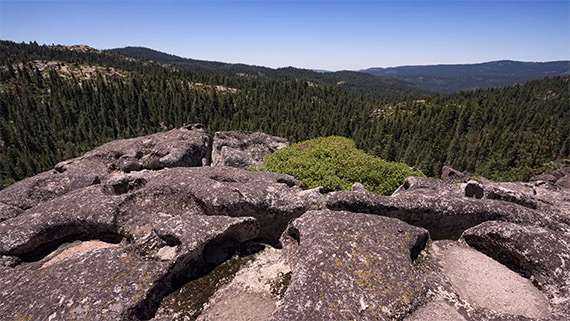
Less Sky, More Foreground
4. Poorly Exposed Photographs
When out in the field, especially on sunny days, your LCD screen can be difficult to read, resulting in over- or under-exposed images.
Take the time to understand how to read your histogram, and you’ll be able to check your exposure no matter how bright it is outside.
3. Lazy Field Work (Too Much Post-Processing)
Avoid spending hours at your computer processing your photos. Take the time to determine the best location and your camera settings before you start shooting. Strive for the best photo when out in the field. This way, you’ll spend a lot more time shooting and a lot less time with Photoshop.
2. Bad Light
Whenever you can, wait until you have pretty light that accentuates the landscape.
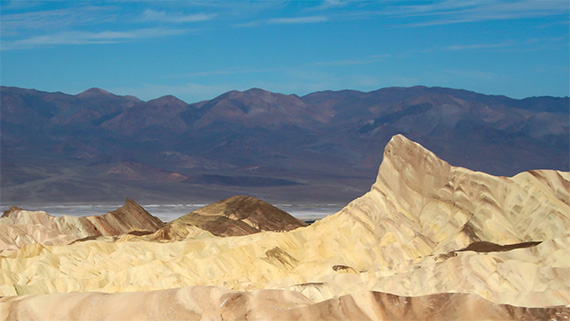
Boring Light
The best times to capture landscape photographs are at sunrise and at sunset. This is when the light is softer and even, resulting in colorful, beautiful landscape images.
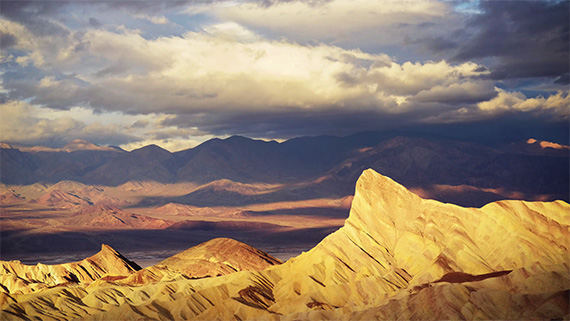
More Interesting Light
1. “Complexification” (Not Showing What the Photo is About)
Keep it simple. Ask yourself, “What is the main message of the photo? What is the photograph’s story?” Avoid obscuring the message with too many distractions that take away from your main subject.
With these five common mistakes and their solutions in mind, go out and photograph some amazing landscapes. Do you have any other common problems to add to this list?
Like This Article?
Don't Miss The Next One!
Join over 100,000 photographers of all experience levels who receive our free photography tips and articles to stay current:
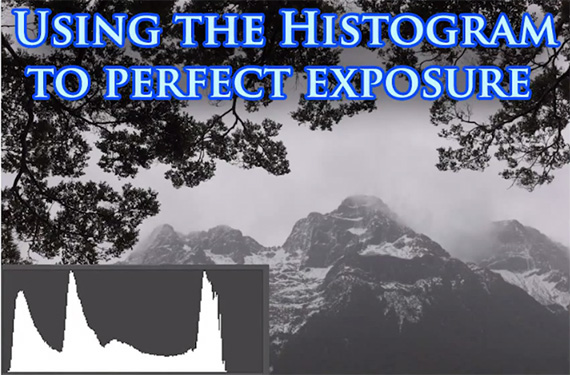






Richard, I have two suggestions for you.
1. The “rules” of composition are not hard and fast. Treat them as suggestions. Some of the most famous photos by the most famous of photographers don’t follow them all. See Ansel Adams “Moon Over Hernandez N.M.” for on example. Lots of sky.
2. Learn to master the manual mode of your camera. I shoot Nikons so, other than going to M mode, I can’t help you with making sure ISO is set to manual. Luckily I started with completely manual rangefinders and moved on to manual SLRs so shooting manual with a DSLR was no problem. I’m not saying that the other modes don’t have their place, but I do think that one hasn’t mastered their camera without mastering the Manual mode.
Hope this has helped some. As Bryan Peterson says; “Keep shooting.”
I’m aware of the triangle for getting faster shutter speeds in low light, but even with my 1.8 50mm my canon 7d overrides the “tv” speed downward (slows the shutter). I set the ISO at auto and it peaks at 3200 by itself. Usually the f stop rebels and just blinks lol. It was light enough for me to count the tines on a deer at about 50 yards with my eye but I could NOT get my 7d, or may 1d mk 2 for that matter, to take a clean pic of the deer jumping over an old wood fence. On second thought I could have used a flash? How can I get a faster shutter without turning the photo black when there’s still light out? (I commonly shoot a 100-4–L as well) Thank you.
I find it tough to have a main subject in some photos because of the composition rule: foreground, mid ground and background. I find myself sacrificing one of the rules to include of get the focus on the subject. Any thoughts? Thx.